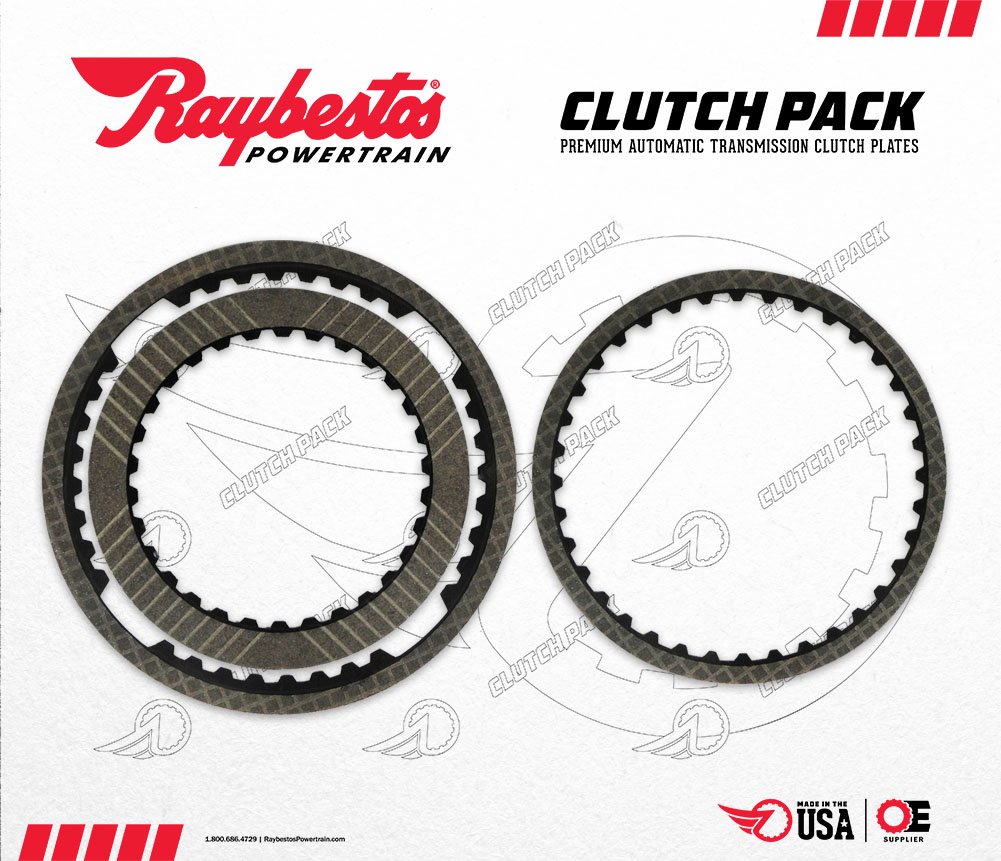The CVT clutch system is a simple system. The clutch balances the engine RPM with the jack shaft RPM, that is it. All the clutch does is keep the balance between engine and jack shaft.

A continuously variable transmission (CVT) is an automatic transmission that can change seamlessly through a continuous range of gear ratios. This contrasts with other transmissions that provide a limited number of gear ratios in fixed steps. As the throttle is applied from rest, the engine speed quickly rises, spinning the front clutch and variator assembly. At this stage the belt is resting against the innermost part of the front.
Starting from a stop:
At the start, aka 'the hit', the primary clutch engages on the belt to provide driving force to the belt. The belt will slip through the primary as the car starts to move forward. The belt slips because the driven clutch is not moving or starts to move very slowly and the engine is turning several thousand RPM. If the belt did not slip, the engine would come to a stop and the car would not move.
Full Engagement:
As the jack shaft gains in RPM the belt will stop slipping through the primary and become fully engaged. The engine RPM will start to increase as the jack shaft gains more RPM. At this point the clutch is still in 'low gear', that is the belt is still in the bottom of the primary and the top of the secondary. The engine will gain in RPM until the clutch reaches the shift point, just like driving a car in 1st gear.
The Shift Point:
The shift point is where the driven clutch starts to open and the belt moves up off the bottom primary, the belt is now 'floating' in the clutch, meaning the belt is not at the top or bottom of either sheave. The shift point is where the CVT clutch starts to work. The weight of the arm in the primary apply clamping force to the belt and this clamping force keeps the engine RPM constant. The engine RPM will fall quickly to a stable (flat line) RPM, this quick decrease in RPM is due to the clutch changing the ratio between the engine RPM and jack shaft RPM. The jack shaft will continue to gain in RPM as the vehicle speed increases while the engine is held to a stable RPM due to the flyweights clamping force.
One to One point (1:1 point):
Until this point the engine has been turning faster than the jack shaft. The belt has been going through the primary sheaves at a smaller diameter than the driven sheaves. The 1:1 point is where the engine and jack shaft are turning the same RPM, the belt is going through both sheaves at the same diameter.
Overdrive
As the jack shaft increases in RPM with vehicle speed and the engine is held stable due to flyweight clamping force, the jack shaft will turn faster then the engine. This is known as Overdrive because the clutch is driving the jack shaft RPM faster than the engine RPM. The clutch will continue to shift until full shift or high gear is reached. Height gear is where the belt is at the top of the primary sheave and the bottom of the driven sheaves.
What is a CVT?
A continuously variable transmission (CVT) is a transmission that operates on an ingenious pulley system that automatically varies the transmission ratio, allowing an infinite variability between highest and lowest gears with no discrete steps or shifts. CVTs provide more useable power, better fuel economy and a smoother driving experience than traditional transmissions that use gearboxes with fixed numbers of gear sets.
Principle Elements of a CVT:
Cvt Clutch Parts
- Primary clutch
- Secondary clutch
- Belt
The primary clutch is an advanced form of centrifugal clutch and is typically mounted to the output end of the engine crankshaft. The clutch has two sheave faces; one that is laterally fixed (stationary sheave), and one that can move in and out to engage the belt (moveable sheave). In most systems, at idle the sheave surfaces are spread at their widest spacing, the belt is riding on the post or shaft at the smallest diameter of the clutch, and the belt is not pinched by the sheave faces. This provides a “neutral” position that allows the engine to idle without transmitting power to the wheels.
Cvt Clutch Tuning Basics

The secondary clutch is mounted to the input shaft of the transmission, transaxle, or the like. In modern CVT systems such as those used in recreational vehicles, the secondary clutch has two functions: as a “slave” to the primary clutch and to provide a torque sensing element.
The belt in most CVT systems is a heavy duty “V-belt” which is V-shaped in cross section. They are made of rubber components reinforced with Kevlar and other materials to enhance durability.

How a CVT Works
Cvt Clutch

TEAM receives a lot of requests to explain how a CVT works. In response, we produced a video, aptly titled, How A CVT Works, to demonstrate the basics of a Continuously Variable Transmission (CVT). Take a look.
Contact us for more information about TEAM's CVT systems.
